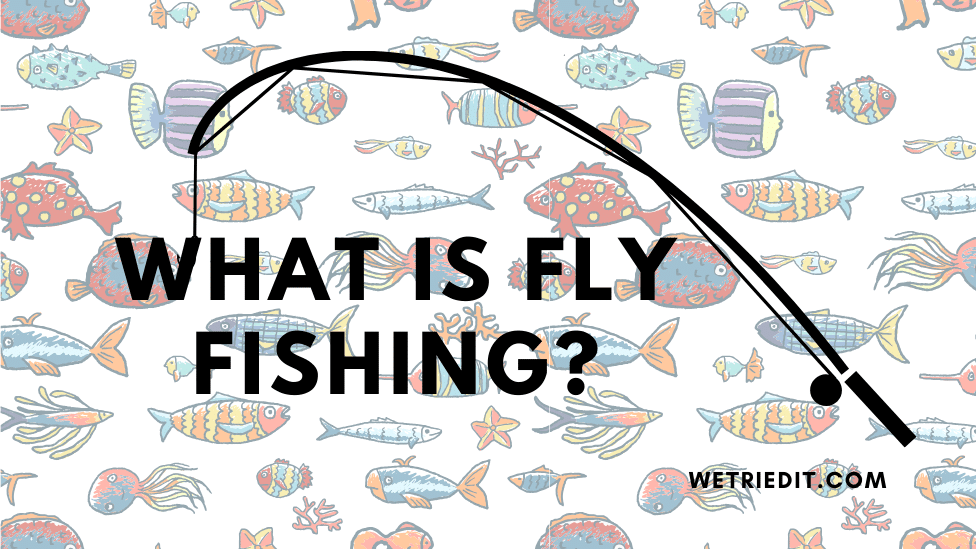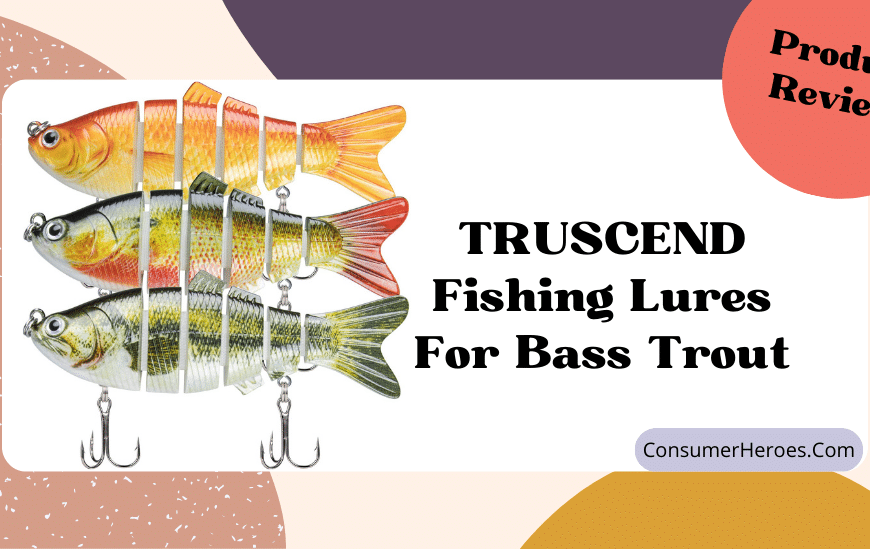When it comes to fishing, choosing the right attire can make a big difference in your overall experience. Not only does it help you stay comfortable throughout the day, but it can also improve your chances of catching fish. However, with so many options available, figuring out what to wear can be overwhelming.
The first thing to consider when choosing fishing attire is the weather. If it’s hot and sunny, lightweight and breathable clothing is a must to prevent overheating and sunburn. On the other hand, if it’s cold and rainy, waterproof and insulated clothing is necessary to stay warm and dry. Additionally, it’s important to dress in layers so you can adjust your clothing as the weather changes throughout the day.
Another factor to consider is the type of fishing you’ll be doing. If you’re wading in the water, you’ll need appropriate footwear that can provide good traction and protection from sharp rocks and debris. If you’re fishing from a boat, clothing that won’t get caught on hooks or snagged on equipment is important. Ultimately, the goal is to choose clothing that allows you to move freely and comfortably while also providing the necessary protection and functionality for your specific fishing needs.
Understanding the Fishing Environment
Weather Conditions
When planning a fishing trip, it’s important to consider the weather conditions. The weather can greatly affect the fishing environment, so it’s important to be prepared for any changes. Here are a few things to keep in mind:
- Sunny weather can make fish more active and increase their feeding habits.
- Cloudy weather can make fish more cautious and less likely to bite.
- Windy weather can create choppy water and make it more difficult to cast and reel in fish.
- Rainy weather can cause fish to move closer to the surface and become more active.
Water Type
The type of water you’ll be fishing in can also affect what you wear. Here are a few things to consider:
- Saltwater fishing requires clothing that can withstand salt exposure and protect against the sun’s harmful rays.
- Freshwater fishing may require clothing that can protect against insects and other pests.
- Coldwater fishing requires clothing that can keep you warm and dry in potentially harsh weather conditions.
Time of Day
The time of day can also affect the fishing environment. Here are a few things to keep in mind:
- Early morning and late evening are typically the best times to fish, as fish are more active during these times.
- Midday fishing can be less productive, as fish may retreat to deeper waters to avoid the sun’s heat.
- Nighttime fishing can be successful for certain types of fish, but it requires the proper safety precautions and equipment.
Overall, understanding the fishing environment is key to having a successful and enjoyable fishing trip. By considering factors such as weather conditions, water type, and time of day, anglers can make informed decisions about what to wear and how to prepare for their next fishing adventure.
Essential Fishing Attire
When it comes to fishing, having the right attire can make all the difference. Not only does it keep you comfortable, but it also helps you stay dry and warm. Here are the essential fishing attires that every angler should consider.
Waterproof Clothing
Fishing is a water sport, and it’s inevitable that you’ll get wet. That’s why having waterproof clothing is crucial. It not only keeps you dry but also helps you stay warm. Here are some waterproof clothing options to consider:
- Rain jacket: A high-quality rain jacket is a must-have for any angler. Look for one that is breathable, lightweight, and has a hood to keep you dry from head to toe.
- Waders: Waders are waterproof pants that come up to your chest. They are perfect for fishing in deep water or when standing in a stream. Look for waders that are breathable, comfortable, and have reinforced knees and seat for durability.
- Waterproof boots: A good pair of waterproof boots will keep your feet dry and warm. Look for boots that are comfortable, have good traction, and are made of durable materials.
Insulated Wear
Fishing can be cold, especially during the early morning or late evening. That’s why having insulated wear is essential. It helps you stay warm and comfortable, even in the coldest weather. Here are some insulated wear options to consider:
- Fleece jacket: A fleece jacket is a great option for mild to cold weather. It’s lightweight, breathable, and provides excellent insulation. Look for one that is comfortable, has good pockets, and is easy to layer.
- Insulated pants: Insulated pants are perfect for fishing in cold weather. They provide excellent insulation and are comfortable to wear. Look for pants that are breathable, waterproof, and have reinforced knees and seat for durability.
- Insulated gloves: Insulated gloves are essential for keeping your hands warm and dry. Look for gloves that are waterproof, have good grip, and are comfortable to wear.
Breathable Fabrics
Fishing can be hot and sweaty, especially during the summer months. That’s why having breathable fabrics is essential. It helps you stay cool and comfortable, even in the hottest weather. Here are some breathable fabric options to consider:
- Quick-dry shirt: A quick-dry shirt is perfect for fishing in hot weather. It’s lightweight, breathable, and dries quickly. Look for shirts that have good pockets, are comfortable to wear, and have UV protection.
- Breathable pants: Breathable pants are perfect for fishing in hot weather. They provide excellent ventilation and are comfortable to wear. Look for pants that are lightweight, have good pockets, and are easy to move in.
- Sun hat: A sun hat is essential for protecting your face and neck from the sun. Look for a hat that is breathable, has good coverage, and is comfortable to wear.
By having the right fishing attire, you can stay comfortable and focused on catching fish. Consider investing in high-quality waterproof clothing, insulated wear, and breathable fabrics to make your next fishing trip a success.
Safety Gear
When fishing, it is important to prioritize safety gear. The following sub-sections will discuss the essential safety gear that every fisherman should have on hand.
Life Jacket
A life jacket is a crucial piece of safety gear for any fishing trip. It is important to make sure that the life jacket fits properly and is Coast Guard approved. It is recommended to wear the life jacket at all times while on the water, especially in rough or unpredictable conditions.
Sun Protection
Fishing often involves long hours spent in the sun, which can lead to sunburn and skin damage. To protect against this, it is important to wear a hat, sunglasses, and sunscreen with a high SPF rating. It is recommended to reapply sunscreen every few hours, especially if sweating or swimming.
Insect Repellent
Insects can be a nuisance while fishing, and some can even carry diseases such as Lyme disease or West Nile virus. To protect against insect bites, it is recommended to wear insect repellent with DEET or another effective ingredient. It is also recommended to wear long sleeves and pants to further protect against insect bites.
Overall, prioritizing safety gear while fishing can help ensure a safe and enjoyable experience on the water.
Comfort Considerations
Footwear Choices
When it comes to footwear for fishing, comfort is key. A good pair of fishing shoes should be waterproof, breathable, and provide good traction. Here are some options to consider:
- Wading boots: These are great for fishing in rivers or streams. They are typically made of neoprene or rubber and have a thick sole for good traction on slippery rocks.
- Deck shoes: These are a good choice for fishing on a boat. They are lightweight, breathable, and have a non-slip sole.
- Sandals: If you’re fishing in warm weather, sandals can be a good option. Look for a pair with a sturdy sole and adjustable straps for a secure fit.
Layering Tips
Fishing can involve a lot of sitting and waiting, so it’s important to dress in layers to stay comfortable. Here are some tips for layering:
- Base layer: Start with a moisture-wicking shirt to keep sweat away from your skin.
- Mid layer: Add a fleece or wool sweater for warmth.
- Outer layer: Choose a waterproof and breathable jacket to protect you from the elements.
- Accessories: Don’t forget a hat to keep the sun off your face and sunglasses to protect your eyes.
By following these tips, you can stay comfortable and enjoy your fishing trip to the fullest.
Specialized Fishing Clothing
When it comes to fishing, having the right clothing can make all the difference. Specialized fishing clothing is designed to keep you comfortable and protected while you’re out on the water. In this section, we’ll take a look at two types of specialized fishing clothing: fishing vests and waders.
Fishing Vests
Fishing vests are a staple of any angler’s wardrobe. They provide a convenient way to carry all of your gear while keeping your hands free. Fishing vests come in a variety of styles and sizes, so it’s important to choose one that fits your needs.
When selecting a fishing vest, consider the following:
- Number of pockets: Look for a vest with plenty of pockets to hold all of your gear.
- Material: Choose a vest made from a breathable material to keep you cool and comfortable.
- Size: Make sure the vest fits well and allows for freedom of movement.
Waders
Waders are a must-have for any angler who fishes in or near the water. They provide protection from the elements and allow you to wade into deeper water without getting wet. Waders come in two main types: bootfoot and stockingfoot.
When selecting waders, consider the following:
- Material: Choose waders made from a breathable material to keep you comfortable.
- Bootfoot vs. stockingfoot: Bootfoot waders have boots attached to the bottom, while stockingfoot waders require separate wading boots.
- Size: Make sure the waders fit well and allow for freedom of movement.
In summary, specialized fishing clothing is an important investment for any angler. Fishing vests and waders provide protection and convenience while you’re out on the water. When selecting fishing clothing, it’s important to choose items that fit well, are made from breathable materials, and meet your specific needs.
Seasonal Fishing Attire
Summer Fishing
When fishing during the summer months, it is important to dress for the heat. Lightweight and breathable clothing is key to staying cool and comfortable on the water. Some recommended items include:
- Moisture-wicking t-shirts
- Quick-drying shorts or pants
- Wide-brimmed hats or visors to protect from the sun
- Polarized sunglasses to reduce glare on the water
- Water-resistant sandals or shoes
Winter Fishing
Fishing during the winter months requires a different approach to dressing. Warmth and protection from the elements are the top priorities. Some recommended items include:
- Insulated jackets or coats
- Thermal base layers
- Waterproof pants or bibs
- Warm gloves or mittens
- Knit hats or beanies to cover the ears
Spring/Fall Fishing
Spring and fall fishing can be unpredictable, with fluctuating temperatures and weather conditions. Layering is key to staying comfortable and prepared for any changes. Some recommended items include:
- Lightweight jackets or vests
- Long-sleeve shirts or sweatshirts
- Waterproof and windproof outer layers
- Breathable and moisture-wicking base layers
- Waterproof boots or shoes
Remember to always check the weather forecast before heading out and dress accordingly. It is also important to consider the type of fishing and location when choosing attire. With the right clothing, anglers can enjoy fishing in any season.
Conclusion
In conclusion, dressing appropriately for fishing is essential to ensure a comfortable and successful fishing experience. It is important to consider the weather conditions, type of fishing, and personal preferences when choosing what to wear.
Wearing appropriate clothing can protect from the sun, wind, and rain, and also provide comfort and flexibility. Breathable and quick-drying materials are recommended for fishing in warmer weather, while insulated and waterproof clothing is necessary for colder temperatures.
When it comes to footwear, it is important to choose comfortable and durable shoes or boots with good traction to prevent slips and falls. Wearing polarized sunglasses can also help reduce glare and improve visibility in the water.
Overall, taking the time to plan and prepare for what to wear fishing can make a significant difference in the overall fishing experience. By following the tips and guidelines outlined in this article, anglers can dress confidently and comfortably for a successful day on the water.







